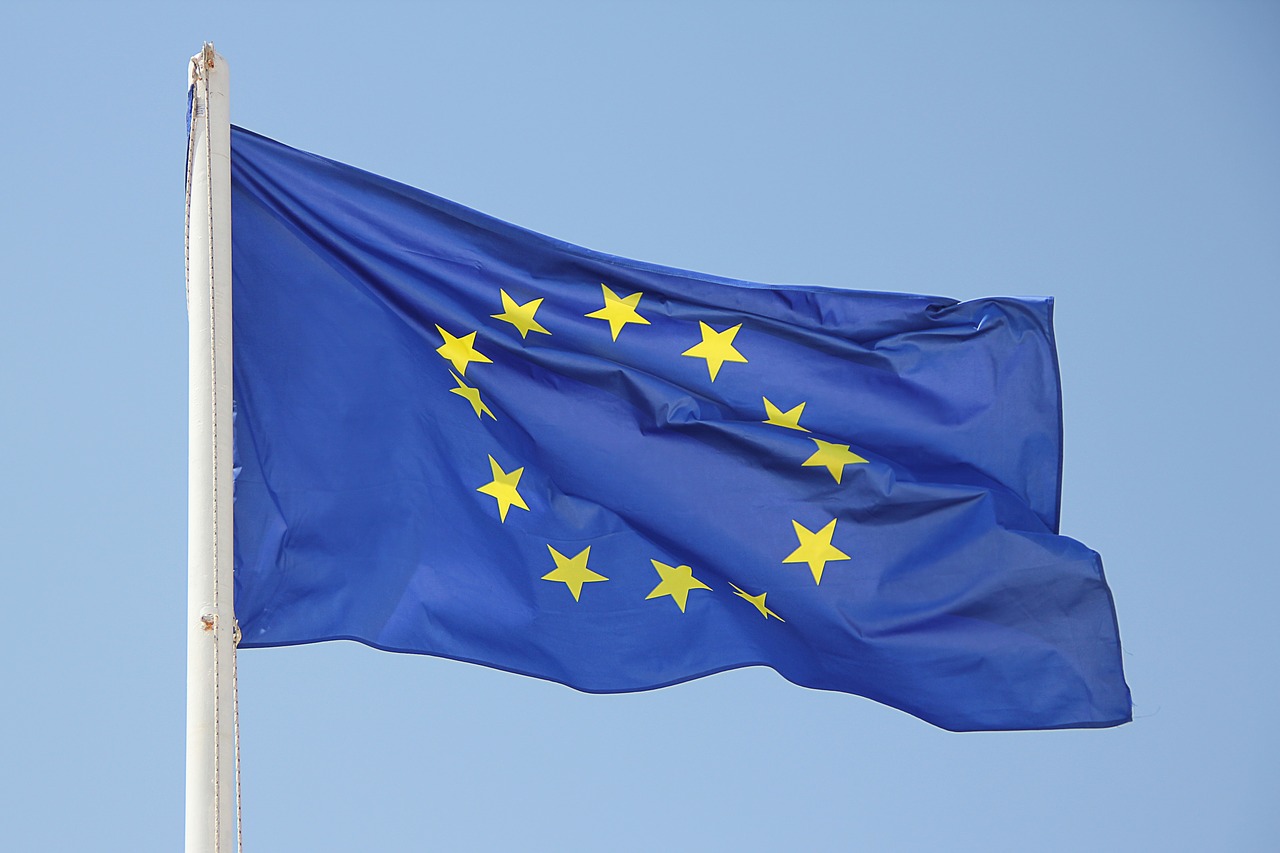The EU published conclusions on the new “Globally Connected Europe Strategy,” an infrastructure strategy set to rival China’s “Belt and Road” initiative on Monday. This came following a co-operation pledge between the EU G7 nations along with the rest of the elite forum’s members.
These conclusions are set to build upon the 2018 Joint Communication and Council Conclusions, “Connecting Europe and Asia—Building Blocks for an EU Strategy,” and follow the same basic principle; that connectivity should be sustainable, comprehensive and rules-based. They further emphasize the importance of connectivity for economic growth, security and resilience in order to diversify value chains, reduce strategic dependencies and boost competitiveness.
The plan affirms the importance of investing in both regulatory frameworks and physical infrastructure, while attempting to boost the cooperation between the EU and like-minded countries and regions, particularly the US and ASEAN.
In response to the press, German Foreign Minister Heiko Maas said that “[the EU sees] China using economic and financial means to increase political influence everywhere… we must offer alternatives”, rendering this plan a direct response to China’s “Belt and Road” initiative.
The conclusions call for a new Joint Communication by Spring 2022 for the purposes of implementing the agenda:
- To identify and implement a set of high impact and visible projects and actions
- To present coherent and streamlines financing schemes to incentivise sustainable connectivity investments
- To mobilise the private sector to finance and implement projects
- To ensure visibility of the EU’s global connectivity actions through coherent actions through coherent strategic communication
- To ensure efficient co-operation and co-ordination between all stakeholders; and
- To keep the Council closely involved on a regular basis through relevant structures


